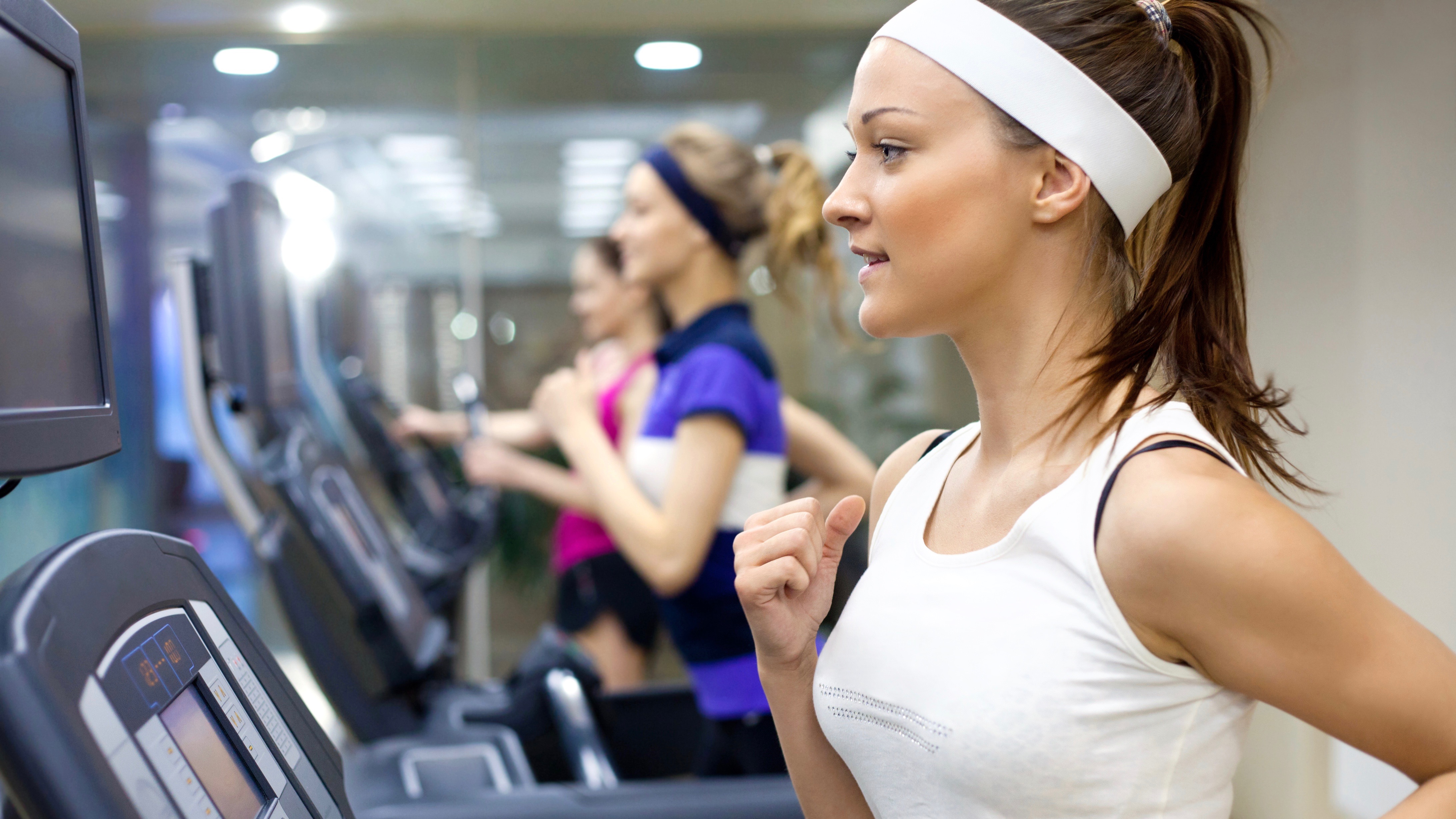
Training for strength- low reps and high loads.Different exercises work different muscle groups.The athletes work around these stations.Three types of training to improve strength, muscular endurance and power. Strength, muscular endurance and power training methods: Stretch to max hold it there (6-10 seconds) relax repeat Performed with someone or something to create a resistance. Proprioceptive Neuromuscular Facilitation (PNF): Usually through swinging, bobbing or bouncing. Involves fast, jerky movements involving the whole range of the joint’s motion. The assisting person or object applies external force causing the muscle to stretch. Static Passive (assisted stretching) – requires the help of another person or object.Static Active – where the athlete performs the stretch independently by applying internal force to stretch and lengthen the muscle.There are two different types of static stretch: Static stretching is the most often used form of stretching as it is very straightforward and safe. This is when an individual holds the position, keeping the body still for the duration of the stretch (5-10 seconds). Three different types of stretching to improve flexibility: In all joints of the body the ability to move a joint fluidly Training must be appropriate to the physical/skill related component of fitness which needs to be developedįlexibility definition – Having an adequate range of motion.Use the FITT for each fitness training method.Learning aim B: Explore different fitness training methodsīefore undertaking a training method session you must consider the following: Variation: it is important to vary the training regime to avoid boredom and maintain enjoyment.Reversibility: when training stops training effects are reversed.Adaptation: how the body reacts to training loads by increasing its ability to cope with those loads.Individual differences/needs: the programme should be designed to meet individual training goals and needs.Specificity: training should be specific to the individuals sport.Progressive overload: in order to progress, training needs to be demanding enough to cause the body to adapt, improving performance.This is an estimate to find out how hard an athlete is working on a scale of 6-20.Ī Footballer may report an RPE of around 14, whereas an ironman triathlete may record an RPE of 19 So if your max HR is 200bpm you should be working between 120 and 170bpm. To improve cardiovascular fitness (endurance) you need to work between 60-85% of your max HR. You would then exercise at 141 bpm, checking your pulse every few minutes with a HR monitor.

This can then be used to calculate training zones e.g.So if the person is 19 their HR max will be :



 0 kommentar(er)
0 kommentar(er)
